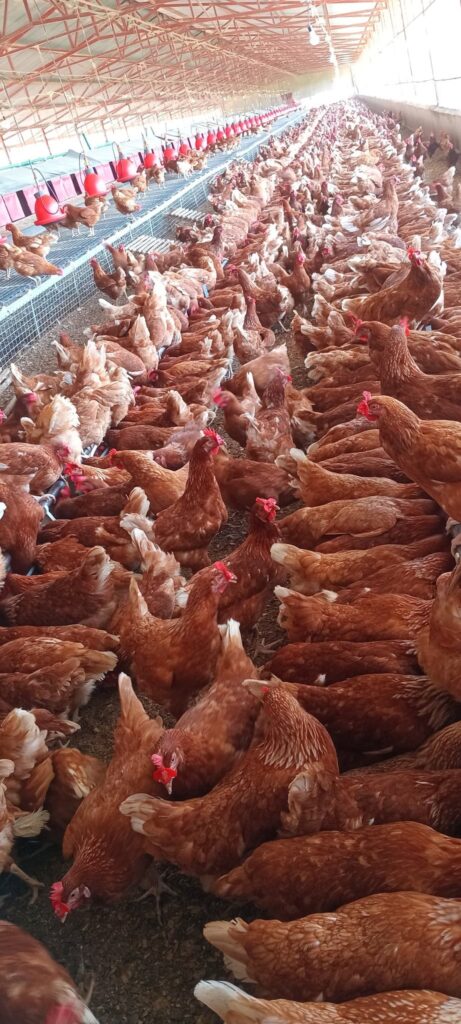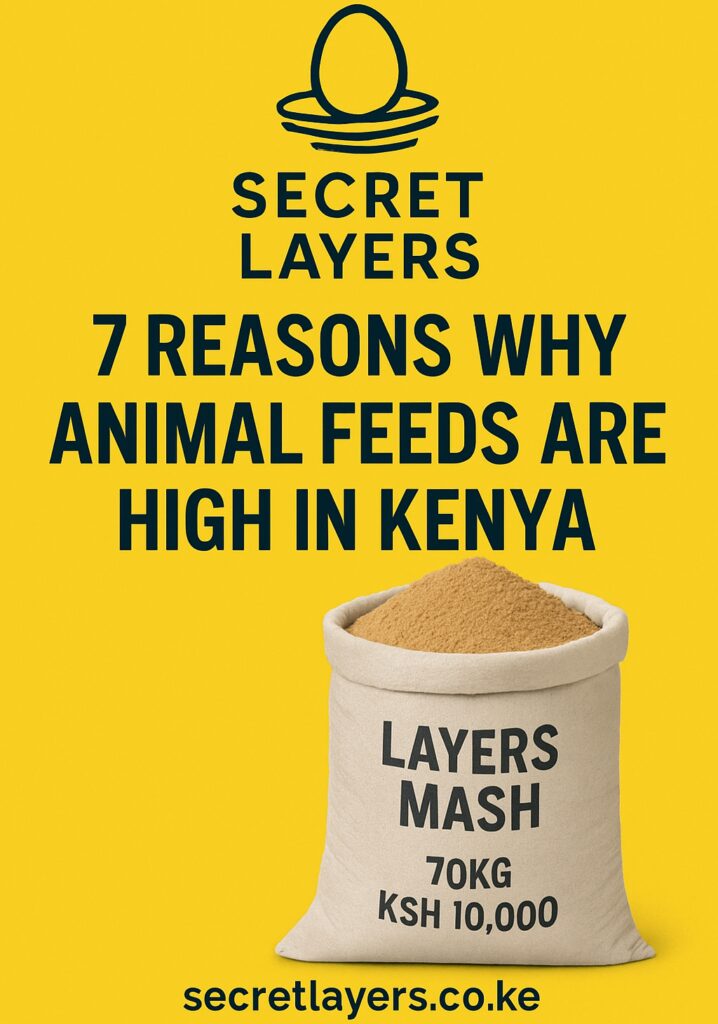If someone gave you Ksh.50,000 today, what would you do with it?
This is how I would turn Ksh.50,000 (approximately $385) into a thriving business through the NYOTA Program Kenya.
The government of Kenya, through the NYOTA Program, is offering grants and training to empower Kenyan youth. It’s an amazing opportunity for those who qualify. Unfortunately, I don’t meet the criteria for application, but if I did, here’s exactly how I would use the funds to build a sustainable business.
Not something lifeless or short-term, but a venture with a real vision of growth.
It’s sad that many businesses started through such government programs die off within a year. Evidence from the earlier Youth Enterprise Development Fund (YEDF) shows that only a small percentage survive past five years.
That’s why I decided to share how I would personally use the NYOTA grant and the strategies I would apply to make the business last. I hope you’ll find value in it and maybe borrow a few ideas for your own plan.
By the way, congratulations if you received the grant!
Step 1 : Decide And Commit To One Business
The first thing I would do is make a clear decision and commit to one business. I would choose layer poultry farming — and I have good reasons for it which you can check here👇🏿
6 Reasons Why I Chose Layers Over Broilers
It’s something I’ve been studying and researching for a long time, and that focus gives me an edge.
There are many profitable opportunities out there. However, without clarity, it’s easy to end up confused and scattered.
So I would decide, commit, and lock in.
No broilers. No goats. No hotel. No forex.
Layer poultry farming only.
Step 2 : Learn
Before starting, I would spend one to two weeks learning everything about layer poultry farming. That means not just how to raise the birds, but also how to run the business side of things.
I’d study topics such as:
✅Brooding
✅Feeding
✅Disease management
✅Marketing and sales
✅Branding and negotiation
In addition, I would visit established layer farmers and learn directly from their experiences. I’d talk to egg traders — both wholesalers and retailers — to understand the egg business better.
I’d also reach out to poultry experts for practical advice.
Meanwhile, I would get a reliable internet connection for a week and binge-watch YouTube videos about layer poultry farming in Kenya. I’d read blogs, success stories, and mistake lists.
Of course, I would also check X, Facebook, and TikTok pages of farmers to see what works for them.
Secret Layers is already a good place to start for this kind of information — both technical poultry farming and business.
To help with this learning phase, I have a Free Layer Poultry Farming Guide you can get here 👇🏿
Free Layer Poultry Farming Guide
Another skill I would add is content creation. There are countless free online resources on how to make engaging and educational farming content.
After one or two weeks, I wouldn’t be an expert yet, but I’d know enough to start my layer farm confidently.
Step 3 : Start The Farm

Next, I would begin the actual farm setup. My plan would be to start with 50 layer chickens. That’s enough to make sense as a business but still manageable for a beginner.
However, there’s one issue. Starting a 50-bird layer poultry farm in Kenya costs around Ksh.91,000, according to my recent research (see the cost breakdown here👇🏿
The True Cost Of Starting A Layer Poultry Farm
Yet, the NYOTA Program grant is only Ksh.50,000.
So how would I bridge that gap?
I have a plan — and I’ll share how to make it work. Just trust me and follow the logic to the end.
I would follow the exact process outlined in my Free guide to set up the farm and get my chicks started.
At this point, the farm would be running.
Now, layer chickens take about four and a half months before they begin laying eggs. That means no cash flow for about five months.
So what next?
Step 4 : Create Content Around My Farming Journey
During this waiting period, I would focus on creating content. I’d document my entire journey from day one — every success, failure, and lesson learned.
Don’t frown yet. Maybe if I say “teach people what I’m learning,” it will sound better. But yes, I’d share my journey publicly.
This would include content across YouTube, TikTok, Facebook, X, and Pinterest. However, I’d focus mainly on the three I use most — Facebook, X, and YouTube.
This approach is exactly how Secret Layers started — by teaching and documenting.
For instance you can watch the YouTube video of this blog post here👇🏿
https://youtu.be/0B_B0QsqW50?si=7NCNMw7cNJ7jBiQc
Setting up social media accounts is free. The only small cost would be basic content tools like a ring light, tripod stand, and microphone — not more than Ksh.3,000 ($23).
There are two main reasons for creating content:
1. To build a brand around my farm.
The content would serve as my marketing and branding engine.
2. To create a potential income stream.
In time, monetizing these platforms could bring in more money to grow the farm further.
At that point, I’d have two things running – a real farm and a growing online brand.
That’s the foundation of a long-term business.
Now The Secret To Make My Whole Plan To Work
Step 5 : Partner With Another Beneficiary
Now, remember that the cost of starting the 50-bird farm is Ksh.91,000, but the grant is only Ksh.50,000.
Here’s the secret to make it work.
I would partner with another NYOTA Program beneficiary. Together, we would combine our grants for a total of Ksh.100,000.
The NYOTA Program includes a training period before the funding phase. I’d use that time to identify a serious, like-minded partner — preferably someone from my area, maybe a friend, or someone who shares my farming vision.
Finding the right partner isn’t always easy, but it’s the smartest way to make this plan possible. And I would treat it like my life depended on it.
That’s my blueprint for how I would use the NYOTA Program grant to build a sustainable and profitable business.
You don’t need millions to start. With focus, learning, and creativity, you can turn Ksh.50,000 into something that grows year after year.
If you’ve received the NYOTA grant, congratulations again. Use it wisely, and build something that will last beyond five years.
💡 If you want to start your own layer poultry business..
Get my Free Guide: 6 Steps to Start a Profitable Layers Poultry Farm here👇🏿

And I’d love to hear your thoughts — what would you do with your Ksh.50,000 NYOTA grant?
Let me know in the comments.
See you next Friday!
carlosdeche4040@gmail.com
secretlayerske@gmail.com

